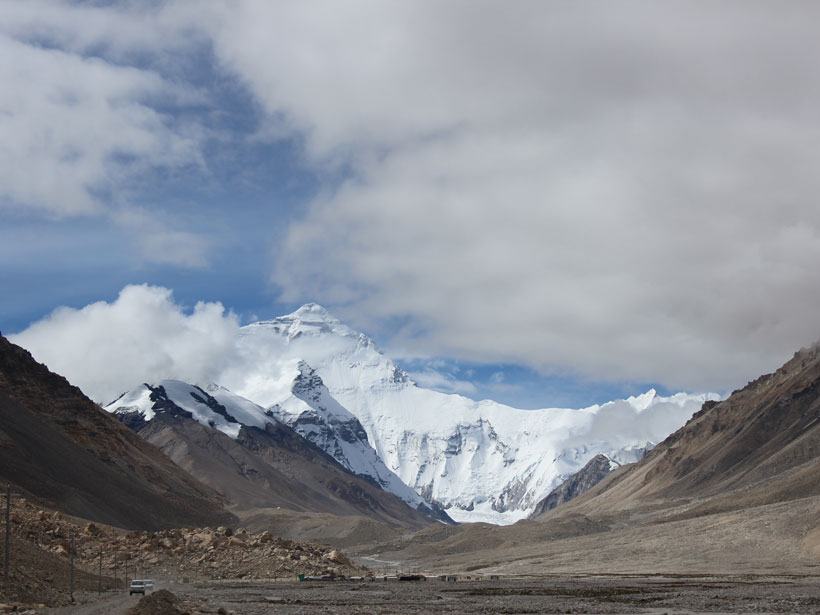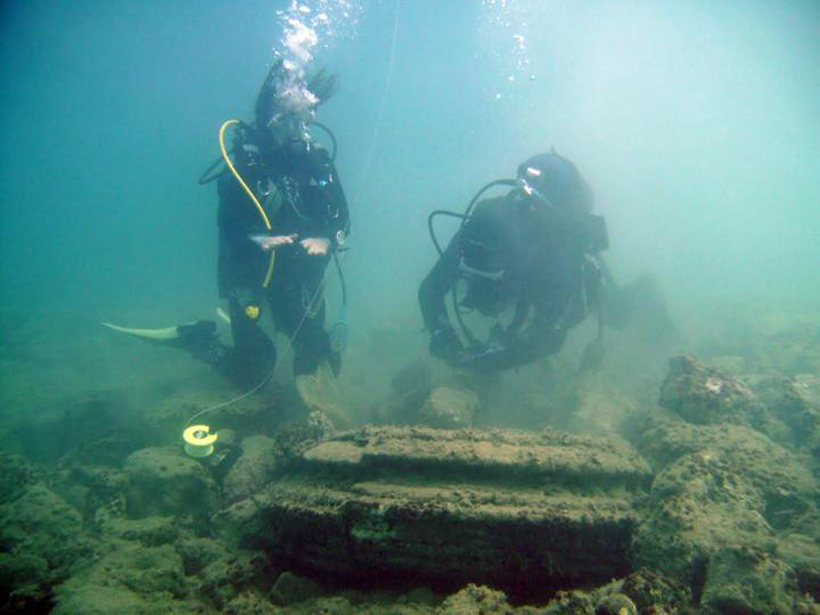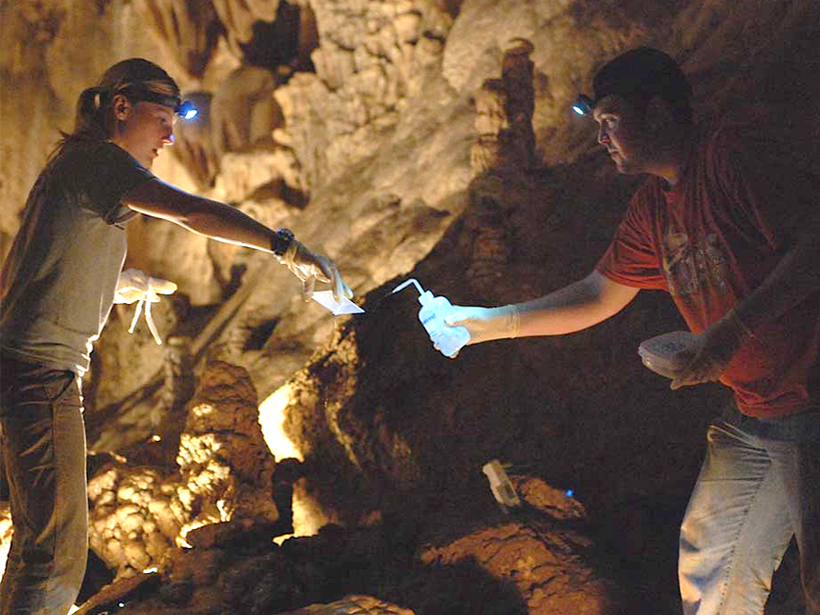A 400,000-year calcium carbonate record from the ocean floor sheds light on deep-ocean circulation and on mechanisms driving climate patterns and atmospheric carbon dioxide concentrations.
carbonates
Carbonate Melting Enhances Mantle CO2 Fluxes in Old Ocean Basins
The amount of CO2 segregated from the mantle by carbonate melting beneath old oceanic crust may equal that emitted along the mid-ocean ridge system, thereby contributing to the global carbon cycle.
Boiled or Raw, Snail Shells Keep an Environmental Archive
Snail shells discovered at archaeological sites might still accurately record past weather and vegetation despite being the leftovers of a past meal.
Giant Snails’ Century-Old Shells Recorded Monsoon Rainfall
Researchers explored past precipitation in India using shells from very large land snails collected there in 1918 and preserved in a British museum.
Diagnosing Cryptic Remagnetization in Sedimentary Rocks
To understand the ancient movement of Earth’s tectonic plates, comprehensive magnetic and petrographic studies are needed to detect secondary magnetization in carbonates and other sedimentary rocks.
Ancient Ocean Floor Seashells Improve Model of Past Glaciers
More accurate reconstruction of ice sheets over the past 150,000 years could help scientists predict future climate change.
Simulating the Climate 145 Million Years Ago
A new model shows that the Intertropical Convergence Zone wasn't always a single band around the equator, which had drastic effects on climate.
"Sunken City" Was Really Made by Microbes
What scientists thought was a sunken Greek city turns out to be the fossils of an ancient hydrocarbon seep from several million years ago.
Martian Carbonates Spotted by the Orbiter
The minerals identified by the Mars Reconnaissance Orbiter provide more evidence that the planet may have once been habitable.
Cave "Breathing" Affects Mineral Growth and Climate Clues
A new global model suggests how and where air flow in caves affects the growth of cave mineral deposits that scientists use to reconstruct ancient climates.










